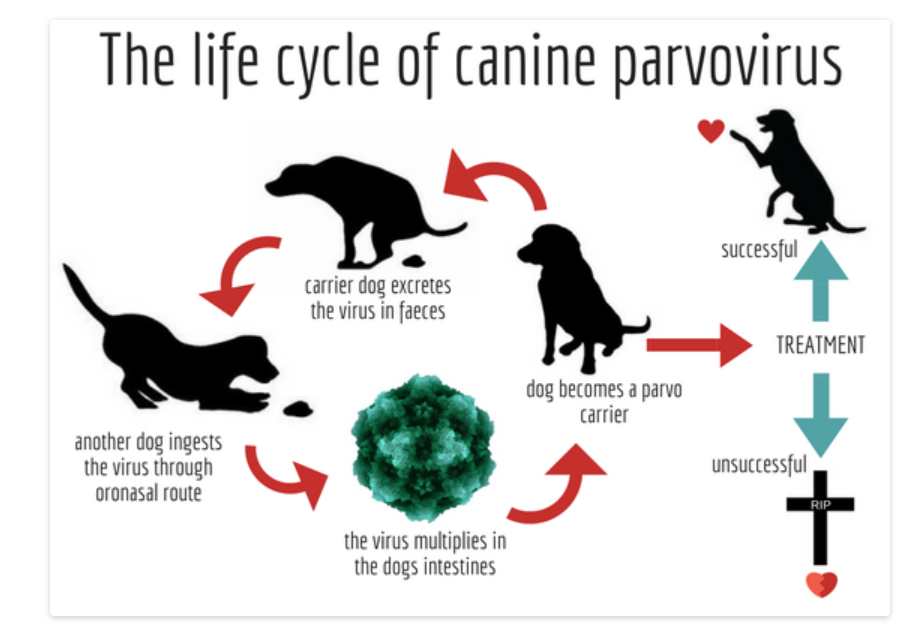Canine distemper is a contagious and serious disease caused by a virus that attacks the respiratory, gastrointestinal and nervous systems of puppies and dogs.
The virus can also be found in wildlife such as foxes, wolves, coyotes, raccoons, skunks, mink and ferrets and has been reported in lions, tigers, leopards and other wild cats as well as seals.
How is canine distemper spread?
Puppies and dogs most often become infected through airborne exposure (through sneezing or coughing) to the virus from an infected dog or wild animal. The virus can also be transmitted by shared food and water bowls and equipment. Infected dogs can shed the virus for months, and mother dogs can pass the virus through the placenta to their puppies.
Because canine distemper also impacts wildlife populations, contact between wild animals and domestic dogs can facilitate the spread of the virus. Canine distemper outbreaks in local raccoon populations can signal increased risk for pet dogs in the area.
What dogs are at risk?
All dogs are at risk but puppies younger than four months old and dogs that have not been vaccinated against canine distemper are at increased risk of acquiring the disease.
What are the symptoms of canine distemper?
Initially, infected dogs will develop watery to pus-like discharge from their eyes. They then develop fever, nasal discharge, coughing, lethargy, reduced appetite, and vomiting. As the virus attacks the nervous system, infected dogs develop circling behavior, head tilt, muscle twitches, convulsions with jaw chewing movements and salivation (“chewing gum fits”), seizures, and partial or complete paralysis. The virus may also cause the footpads to thicken and harden, leading to its nickname “hard pad disease.”
Signs of distemper in dogs can vary, and they can mirror symptoms of other diseases as well. The respiratory symptoms tend to crop up first. “Initially, infected dogs will develop watery to pus-like discharge from their eyes. They then develop fever, nasal discharge, coughing, [and] lethargy.”
Stomach issues are typical as well, including vomiting and anorexia (reduced appetite). with progression the nervous system is affected, and infected dogs may develop seizures, twitching, paralysis, and other issues.
While there “are many diseases that cause coughing, fever, loss of appetite or seizures, this combination is unique to canine distemper. So the diagnosis can potentially be easily apparent, but lab tests may be called for as well.
Distemper is often fatal, and dogs that survive usually have permanent, irreparable nervous system damage.
How is canine distemper diagnosed and treated?
Veterinarians diagnose canine distemper through clinical appearance and laboratory testing. There is no cure for canine distemper infection. Treatment typically consists of supportive care and efforts to prevent secondary infections; control vomiting, diarrhea and neurologic symptoms; and combat dehydration through administration of fluids. Dogs infected with canine distemper be separated from other dogs to minimize the risk of further infection.
How is canine distemper prevented?
Vaccination is crucial in preventing canine distemper.
A series of vaccinations is administered to puppies to increase the likelihood of building immunity when the immune system has not yet fully matured.
Avoid gaps in the immunization schedule and make sure distemper vaccinations are up to date.
Avoid contact with infected animals and wildlife
Use caution when socializing puppies or unvaccinated dogs at parks, puppy classes, obedience classes, doggy day care and other places where dogs can congregate.


